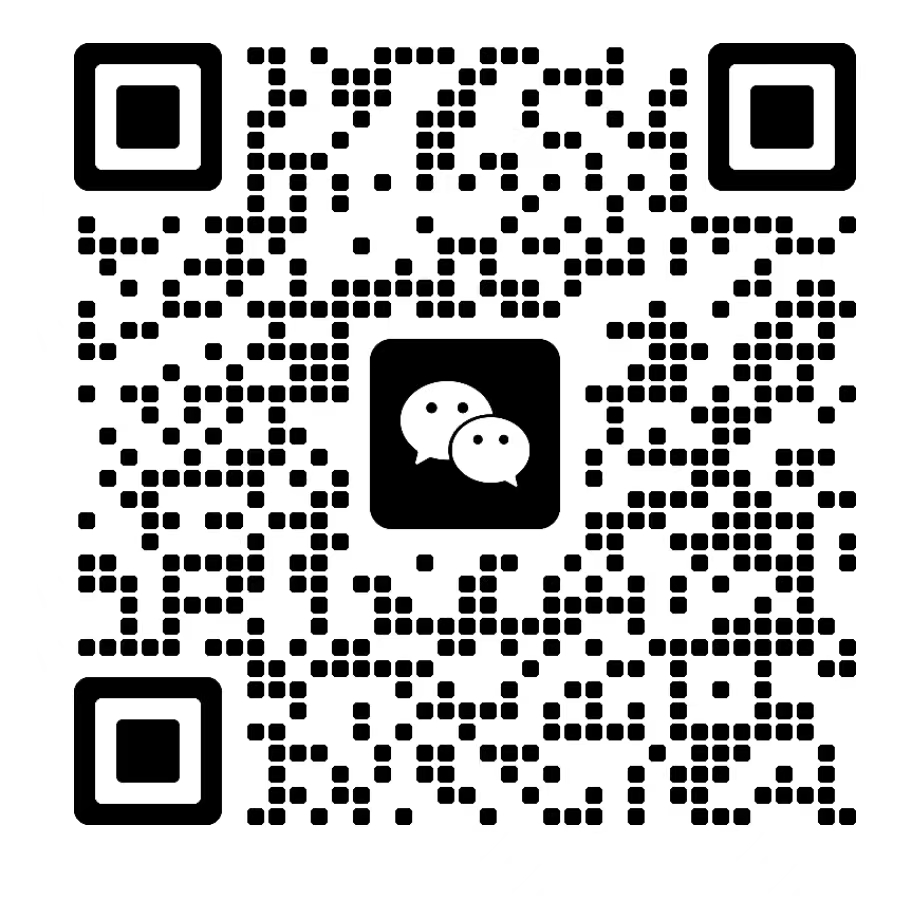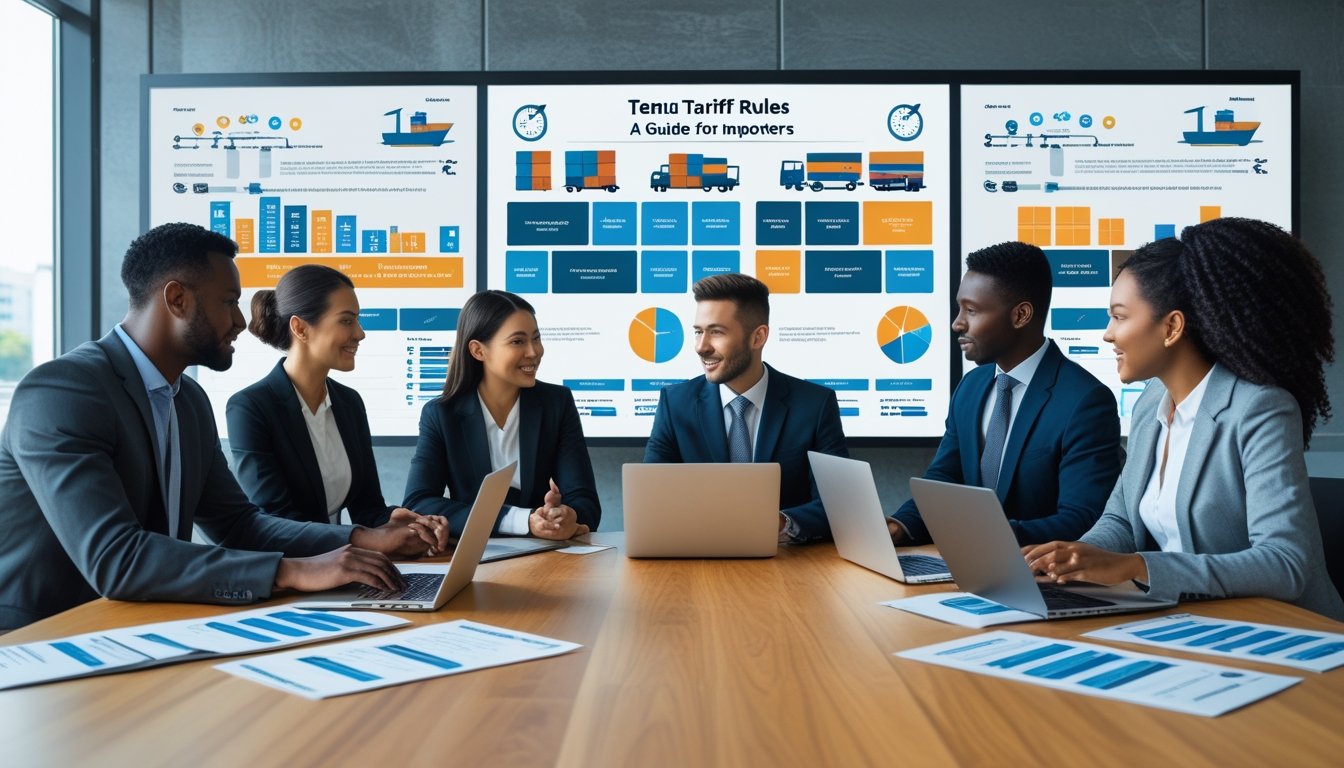When sourcing products from China, it's essential to understand the differences between actual products and their samples.
Samples are meant to give you a preview of what you will receive once you begin mass production. This is crucial in e-commerce, especially if you're planning to sell on platforms like Amazon, where product quality can directly impact your reputation and sales.
Many factors influence the final product, such as materials, manufacturing processes, and quantity.
A sample might look and feel different from the bulk items due to various reasons, such as cost-cutting measures or changes in production.
You need to verify that the sample reflects the quality you expect for your customers.
This is particularly important when competing in the fast-paced Asian market, where products often flood e-commerce platforms.
How To Determine If the Products Are Different From the Sample
When looking at products from different regions, such as China, there are key differences to consider.
1. Product Specifications
Your product specifications may vary significantly. This includes dimensions, materials, and battery life. Always check these details to ensure quality.
2. Color Options
Color can play a big role in attraction. In some markets, certain colors may be more popular. Be aware of local preferences when choosing colors for your products.
3. Product Design
Design elements can differ based on cultural tastes. Unique shapes or features can enhance your product's appeal. Evaluate how design impacts consumer interest in your target market.
4. Capabilities
Consider the capabilities of your product. Does it meet specific local needs? Assess if your product offers functionalities that set it apart from competitors.
5. Mass Production
China is known for its strong mass production capabilities. This can lead to lower costs, but also requires attention to quality control. Ensure that the production line meets your standards.
6. Packaging
Packaging is essential for your product’s first impression. Opt for attractive and informative designs that resonate with your audience. Good packaging can increase commercial value.
7. Customized Products
Offering customized products can enhance customer loyalty. You may find that tailored offerings resonate better with individual buyers. It's a strategy worth exploring.
Characteristics Of Products Sent From Chinese Suppliers
Chinese products are known for their distinct characteristics influenced by various factors, including manufacturing practices and regulatory standards. Understanding these traits can help you make informed sourcing decisions.
Quality Standards
Quality standards in China can vary widely. Many manufacturers follow international guidelines to meet global demands. Some products may adhere to ISO certifications, while others may not have clear quality metrics.
When sourcing products, it's crucial to assess the manufacturer’s quality assurance processes.
You might consider the following:
- Certifications: Look for ISO, CE, or other relevant certifications.
- Quality Control: Check if the manufacturer has quality control checks at different production stages.
- Material Sourcing: Ensure that the raw materials used are of good quality. This often impacts the final product.
Many Chinese manufacturers are willing to customize production to meet your specific quality needs, enhancing the overall product reliability.
Regulatory Environment
The regulatory environment in China shapes product design and manufacturing. The country has specific regulations that manufacturers must follow, which can impact safety and compliance.
Key regulations include:
- Safety Standards: Certain products must meet national safety standards, like CCC (China Compulsory Certification).
- Environmental Regulations: Manufacturers are increasingly required to conform to environmental protection laws, which affect materials used and waste disposal.
Being aware of these regulations helps you ensure that the products meet market requirements in your target country. This can prevent future liability and enhance consumer trust in your products. Always verify compliance to ensure smooth shipping and access to market.
Comparing Samples And Actual Products

When purchasing products from China, understanding the differences between samples and actual products is crucial.
Samples are often used to gauge the quality and characteristics of a product before bulk orders. Knowing what to expect can help you make informed decisions.
Sample Quality Vs. Actual Product
Samples come in various types, such as production samples, factory samples, or prototype samples. These samples typically reflect the quality you can expect from the final product. However, sample quality can vary based on materials used and the factory’s production practices.
You may find that samples are crafted with more care than the bulk items. This can be due to efforts to attract buyers.
Thus, be cautious if the sample seems much better than what you receive later.
It’s a good practice to inspect materials and finish to ensure they align with your expectations from the sample.
Common Discrepancies
Discrepancies between samples and actual products can arise from several factors. These can include differences in production batches, shipping methods, and even changes in materials.
For example, a product sample may use premium materials, while bulk orders might use cost-effective alternatives.
Key discrepancies often include:
- Quality: Samples might look better due to focused production.
- Dimensions: Ensure accurate specifications match your requirements.
- Functionality: Some features in samples may not work the same way in mass-produced items.
Before placing bulk orders, thoroughly evaluate samples. Request additional samples if necessary to confirm quality and consistency.
Ensuring Quality Control

To maintain high product quality when sourcing from China, you must prioritize quality control (QC) at every stage of production. This involves systematic checks to ensure that your products meet required standards.
Key Steps for Quality Control:
- Choose a Reliable Supplier: Conduct thorough research to find suppliers known for quality. Look for customer reviews and past performance.
- Pre-Production Sample Approval: Always request samples before full production. Review them carefully and approve only the samples that meet your expectations.
- Conduct Visual Inspections: Implement regular visual inspections during the production process. This helps identify issues like improper colors, materials, or defects early on.
- Involve Engineers: Have quality assurance engineers assess the production environment. They can help in setting quality standards and testing protocols.
- Laboratory Testing: For certain products, laboratory tests are crucial. This ensures your items meet specific standards, especially for safety and functionality.
- Pre-Shipment Inspection: Before shipping, conduct a final quality check. This step verifies that the products conform to your approved samples.
By following these steps, you can effectively oversee quality control and ensure that the products you receive are as expected. Consistent QC helps avoid costly mistakes and ensures customer satisfaction.
Best Practices For Sourcing From China

Sourcing from China can be a rewarding venture if approached correctly. Understanding how to choose the right suppliers and negotiate favorable terms is essential for your success.
Vendor Selection
Choosing the right vendor is crucial for successful importing.
Begin by identifying potential suppliers on platforms like Alibaba and Made-in-China.
Always look for verified suppliers who have good trade records and positive reviews.
Communication is key. Ensure that your selected supplier can communicate clearly in English or consider hiring a sourcing agent if needed.
It helps to establish a good relationship known as guanxi in Chinese culture, which often leads to better collaboration.
Request product samples before placing large orders. This practice helps verify quality and ensures the product meets your standards.
Checking for certifications and compliance with your country's regulations is also vital to avoid issues later.
Negotiating Contracts
Negotiating contracts effectively can save you money and headaches down the line.
Discuss payment terms early in the conversation.
Using methods like PayPal or suppliers that offer trade assurance helps secure your investment.
When finalizing agreements, be clear about import duties and taxes that may apply.
Understand the implications of customs clearance and ensure your supplier provides all necessary documentation.
Establish clear delivery timelines, inspection processes, and warranties in your contract. This clarity reduces misunderstandings and fosters trust.
Utilizing trade shows, such as the Canton Fair, can also enhance your negotiations by giving you firsthand insights into the suppliers and their products.
Legal Actions for Chinese Sellers Sending Different Products From Samples
When you receive products that differ from what was ordered, it can create significant issues. Legal action may be necessary to address these problems. Here are some key points to consider:
1. Understand Your Rights
You have the right to receive products that match their descriptions. According to consumer protection laws in many jurisdictions, sellers are obligated to provide goods that conform to their descriptions and specifications. If a product doesn't match the sample or specification, you have the right to seek a remedy.
2. Document Everything
Keep detailed records of all communications, orders, and any samples provided. This documentation will be crucial if legal action is needed. Ensure you save emails, chat logs, invoices, and photographs of the received products versus the advertised ones. This evidence will support your case in any dispute resolution process.
3. File a Complaint
Consider filing a complaint with the platform that facilitated the sale, such as Amazon or AliExpress. These platforms often have procedures in place to handle disputes.
For example, Amazon provides mechanisms for addressing issues with third-party sellers, which can sometimes resolve the problem without needing to escalate to legal action. On AliExpress, you can open a dispute and provide evidence to seek a refund or replacement.
4. Consider Legal Services
If the issue isn't resolved through the platform, you might need to consult a lawyer. Legal action against a seller in China can be complicated, especially across international borders.
It's important to understand that pursuing legal action can be time-consuming and costly. You may need to hire a lawyer who specializes in international trade law to navigate the complexities.
5. Know the Challenges
Enforcing any legal decision in China can be difficult. Laws may vary, and getting support from local authorities may not be guaranteed. The complexity of international legal systems can pose significant challenges, and it's often recommended to seek legal advice from professionals experienced in international trade law.
Additionally, the process of enforcing a foreign judgment in China can be arduous and uncertain.
Wrap Up
It's important to know that product samples from China might be better than the actual bulk products, and you should keep your designs safe before showing them to manufacturers.
Also, think about the costs of samples and check if you can get your money back. Look at what's already in the market to avoid legal problems with copying designs.
For help with these issues and to keep your business safe, consider using our legal services at China Legal Experts. We specialize in helping businesses like yours.
Frequently Asked Questions
What steps should I take if my product does not match the sample provided by a Chinese manufacturer?
First, document the differences by taking clear photos and writing down specific issues.
Contact the manufacturer to express your concerns. Provide the evidence and request a resolution, such as a refund or a new batch that meets your expectations. Clear communication is essential.
How can I ensure the quality of mass-produced items matches the quality of the sample received from a Chinese supplier?
Before mass production starts, request a pre-production sample.
This allows you to verify the quality and make any necessary adjustments. Establish strict quality control standards and communicate these clearly to the manufacturer. Regular inspections during production can also help maintain quality.
Why is there often a discrepancy between the quality of sample and bulk order products from China?
Discrepancies can arise due to several reasons.
Manufacturers may cut corners to save costs, or they might use different materials for mass production than those used in the sample. Changes in production methods and oversight levels can also impact quality.
What recourse do I have if the products delivered differ significantly from the sample agreed upon with a Chinese factory?
If the delivered products differ significantly from the sample, you should first contact your supplier.
Request a resolution like a replacement or refund. If communication fails, consider using a dispute resolution service or reviewing the agreement terms you signed before placing the order.
How can I effectively communicate my quality expectations to Chinese manufacturers to avoid receiving products that differ from the sample?
Be clear and precise about your quality expectations from the start.
Use visual aids, such as images or videos, to show what you expect. Provide detailed specifications, including materials and dimensions. Regular check-ins during production can also help maintain understanding and alignment.
Are there any specific quality control strategies to implement when dealing with products manufactured in China?
Implementing quality control strategies is crucial. Start with a quality assurance plan that includes setting standards, conducting inspections, and using third-party auditors if necessary.
Establish checkpoints during production and insist on final inspections before shipment to catch any issues early.
Other Articles To Read
Subscribe to receive updates
Subscribe to receive the latest blog posts to your inbox every week.






